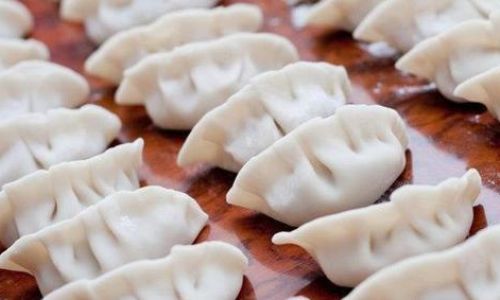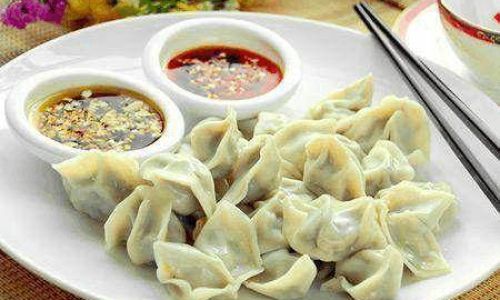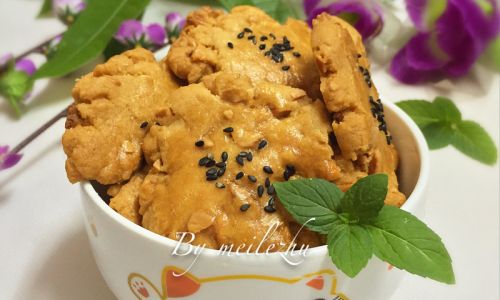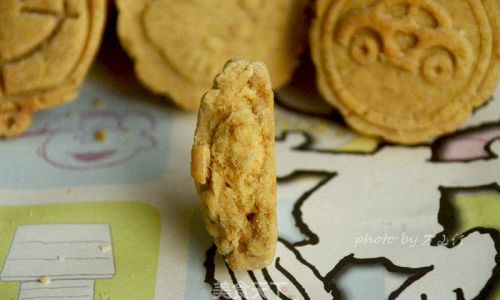Introduction
Fresh dumplings, with their delicate skin and flavorful fillings, are a cherished delicacy enjoyed by many around the world. Whether you’ve spent hours meticulously crafting them at home or picked them up from your favorite local dumpling shop, preserving their freshness can be a challenge. Improper storage can lead to sogginess, freezer burn, or even the growth of harmful bacteria. In this comprehensive guide, we’ll explore various methods for preserving fresh dumplings, ensuring they retain their taste, texture, and nutritional value for as long as possible. From refrigeration and freezing to creative storage solutions, we’ll cover everything you need to know to keep your dumplings delicious.

Understanding Dumpling Ingredients and Freshness
Before diving into storage techniques, it’s crucial to understand the components of dumplings and how they affect freshness. Most dumplings consist of a wrapper made from flour and water, and a filling that can range from meat, seafood, vegetables, or a combination of these ingredients. The wrapper is typically thin and delicate, while the filling can be moist or dry, spicy or mild, depending on personal preference and cultural traditions.
The freshness of dumplings is largely determined by the quality of their ingredients and how they are handled after preparation. Freshly made dumplings should be consumed as soon as possible to enjoy their optimal taste and texture. However, with proper storage, you can extend their shelf life and maintain their quality.
Refrigeration: A Short-Term Solution
For short-term storage, refrigerating fresh dumplings is a viable option. This method is best suited for dumplings that you plan to consume within a few days. Here’s how to do it:
-
Preparation: Ensure your dumplings are completely cooled before refrigerating. If they are still warm, the moisture inside can cause condensation, leading to sogginess.
-
Arrangement: Place the dumplings in a single layer on a tray lined with parchment paper or a silicone baking mat. This prevents them from sticking to each other or to the surface.
-
Covering: Once arranged, cover the tray with a clean, damp cloth or plastic wrap to prevent drying out. Avoid using airtight containers as this can trap moisture and cause the dumplings to become soggy.
-
Duration: Fresh dumplings can be kept in the refrigerator for up to two days. After this period, their quality may start to decline.
-
Consumption: When ready to eat, you can steam or boil the refrigerated dumplings directly from the fridge. They may take slightly longer to cook than freshly made ones.
Freezing: A Long-Term Solution
For longer-term storage, freezing is the way to go. Freezing preserves the dumplings’ quality for several months, allowing you to enjoy them at your convenience. Here’s a step-by-step guide to freezing fresh dumplings:

-
Preparation: As with refrigeration, ensure the dumplings are completely cooled.
-
Flash Freezing: To prevent dumplings from sticking together when frozen, it’s helpful to flash freeze them first. Arrange the dumplings in a single layer on a baking sheet lined with parchment paper and place the sheet in the freezer for about an hour. This step helps to set the shape and firm up the dumplings’ exterior.
-
Transfer to Freezer Bags: Once flash frozen, transfer the dumplings to freezer-safe bags. Remove as much air as possible from the bags to prevent freezer burn. You can also use vacuum sealing machines for an even better seal.
-
Labeling: Label the bags with the date and contents. This will help you keep track of how long the dumplings have been frozen and ensure you consume them within their best-before period.
-
Storage: Place the sealed bags in the freezer, ensuring they are not crushed or compressed by other items.
-
Thawing and Cooking: When ready to eat, thaw the dumplings overnight in the refrigerator. Alternatively, you can cook them directly from frozen, although they may take longer to cook through. Steam, boil, or pan-fry the dumplings according to your preferred method.
Creative Storage Solutions
Beyond traditional refrigeration and freezing, there are several creative storage solutions that can help you keep your dumplings fresh and ready to eat.
-
Silicone Freezer Trays: These trays are designed with individual compartments that are perfect for freezing dumplings. They prevent sticking and make it easy to remove the dumplings once frozen. Simply pop the frozen dumplings out of the tray and transfer them to a freezer bag.
-
Freezer-Safe Containers: If you prefer not to use plastic bags, freezer-safe containers with airtight lids are another option. Ensure the containers are lined with parchment paper or silicone mats to prevent sticking.
-
Vacuum Sealing: As mentioned earlier, vacuum sealing machines offer an excellent way to preserve dumplings by removing all the air from the packaging. This method extends the shelf life and reduces the risk of freezer burn.
-
Freezer Paper: Freezer paper is a heavy-duty, wax-coated paper designed for use in the freezer. It provides a moisture-proof barrier that helps keep dumplings fresh. To use, place the dumplings in a single layer on a sheet of freezer paper, cover with another sheet, and seal the edges tightly.

Handling and Cooking Frozen Dumplings
When cooking frozen dumplings, there are a few key points to remember to ensure they turn out perfectly:
-
Thawing: While you can cook frozen dumplings directly, thawing them first can improve the cooking process and final texture. Thaw in the refrigerator overnight or use the defrost setting on your microwave if you’re in a rush.
-
Steaming: Steaming is a popular method for cooking dumplings, especially if you want to retain their delicate texture. Use a bamboo steamer or a metal steamer basket placed over boiling water. Steam for about 10-15 minutes, or until the dumplings are cooked through and the wrappers are translucent.
-
Boiling: Boiling dumplings is another common method. Drop them into boiling water and cook for about 5-7 minutes, or until they float to the surface and the wrappers are cooked through. Use a slotted spoon to remove them from the water.
-
Pan-Frying: For a crispy exterior, pan-fry the dumplings. Add a small amount of oil to a hot pan and place the dumplings in a single layer. Cook until the bottoms are golden brown, then add a small amount of water to the pan, cover, and steam for a few minutes until cooked through. Remove the lid and cook until the water evaporates and the bottoms are crispy.
Conclusion
Preserving fresh dumplings doesn’t have to be a challenge. By understanding the components of dumplings and how they affect freshness, and by using proper storage techniques such as refrigeration, freezing, and creative solutions, you can enjoy your dumplings for days, weeks, or even months after preparation. Whether you prefer to steam, boil, or pan-fry your dumplings, following these guidelines will help ensure they retain their delicious taste and texture. So, the next time you make a batch of fresh dumplings, don’t worry about how to keep them fresh. With the right storage methods, you can enjoy them whenever you want, wherever you are.
Remember, the key to successful dumpling storage is to handle them gently, avoid excessive moisture, and consume them within their recommended shelf life. With these tips in mind, you’ll be able to enjoy fresh, delicious dumplings whenever the mood strikes. Happy dumpling-making and storing!





0 comments